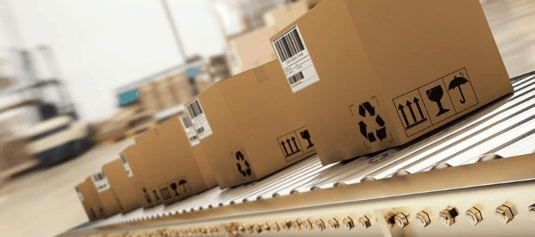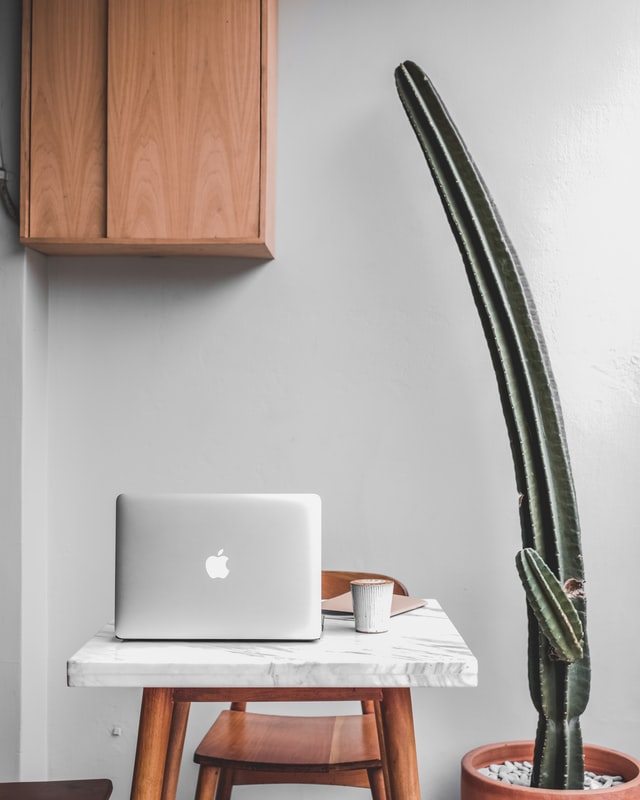When shipping computers, parts, and other electronics to customers, safe packaging is the key to having them arrive in good working order. You never know when one careless or disgruntled FedEx, UPS, or postal employee will drop-kick the box. Even if no one drops your package – which is unlikely – the vibrations and impacts of normal travel can damage the fragile contents of your package, leaving your customer to request a return or exchange.
When you’re shipping fragile electronics, it’s best to use a container specially designed to house the equipment for shipping. If such packaging isn’t available, you may want to consider double-boxing your electronics, or at least wrapping them in a few inches of bubble wrap and using plenty of other cushioning materials. You’ll not only want to protect your electronics from being crushed by the weight of other boxes in shipment, you’ll also want to ensure that delicate components don’t rattle around inside the box and become bent or broken.
Use Specially Designed Packaging
If you have access to packaging materials designed with your specific electronics items in mind, it’s best to use them. For example, FedEx makes a laptop-shipping box that comes complete with padding and foam to protect the laptop from impacts and vibrations. If you ship electronics frequently, it’s a good idea to have shipping packages custom-made to meet your needs.
Origin, a company that manufactures high-performance gaming PCs, uses custom shipping packages. They ship PCs and peripherals in a custom-made wooden crate, which may increase shipping costs somewhat, but is sturdier than a cardboard box. Before switching to a custom shipping method, you may want to track vibrations and impacts via condition-based monitoring in order to see what your packages go through during shipping.
Double-Box the Electronics
While wrapping delicate electronics components in three or four inches of bubble wrap may be enough to deter most damage, double-boxing the item is a better way to protect it. Choose an inner box that leaves around two inches of space around your item, and an outer box that leaves about three inches of space on all sides of the inner box.
Wrap your item in bubble wrap, secured with packing tape, or, if you’re using packing peanuts, wrap it in a plastic bag to keep the packing peanuts or their residue from getting inside of it. Place the wrapped item into the inner box, making sure to fill any empty space with bubble wrap, air pillows, or packing peanuts. Seal the top and bottom of the inner box with three strips of packing tape.
You can use more packing peanuts to create an additional layer of cushioning between the inner and outer boxes, or you can use air pillows, bubble wrap, or Styrofoam corner cushions. Add a layer of cushioning to the bottom of the outer box before inserting the inner box and filling in the gaps. Seal the top and bottom of the outer box with three strips of packing tape.
Protect Against Movement

When packing computers, peripherals, or other electronics, the key thing to remember is to protect the device and its internal components against movement. That’s why some companies recommend opening the outer casing of a computer to cushion the delicate internal parts with a layer of bubble wrap or a plastic bag filled with expandable foam. If you are shipping a computer, it may be a good idea to remove components like the GPU and PCU cooler and package them separately. Check that the motherboard and any fans are secured and well-cushioned before shipment.
If you have removed components like the GPU, or if you have peripherals or accessories to include with your shipment, you can wrap these in two or three inches of bubble wrap and include them in your inner box if you have room. Otherwise, ship them in a separate box.
Many shipping carriers don’t follow instructions like “This Side Up,” and writing “Fragile” or similar instructions on your package may encourage disgruntled employees to treat it more roughly out of spite. However, if a specific package orientation is important to you, you can encourage the carrier to adhere to it by placing the shipping label on the top of the box.
Shipping delicate electronics and having them all arrive in working order is mostly a matter of using enough cushioning and preventing movement during shipping. Packing supplies like bubble wrap, peanuts, and air cushions not only absorb impacts, but can also keep loose or fragile components from rattling around and breaking or bending. Pack your electronics carefully for shipment, but don’t skimp on the insurance, just in case.







